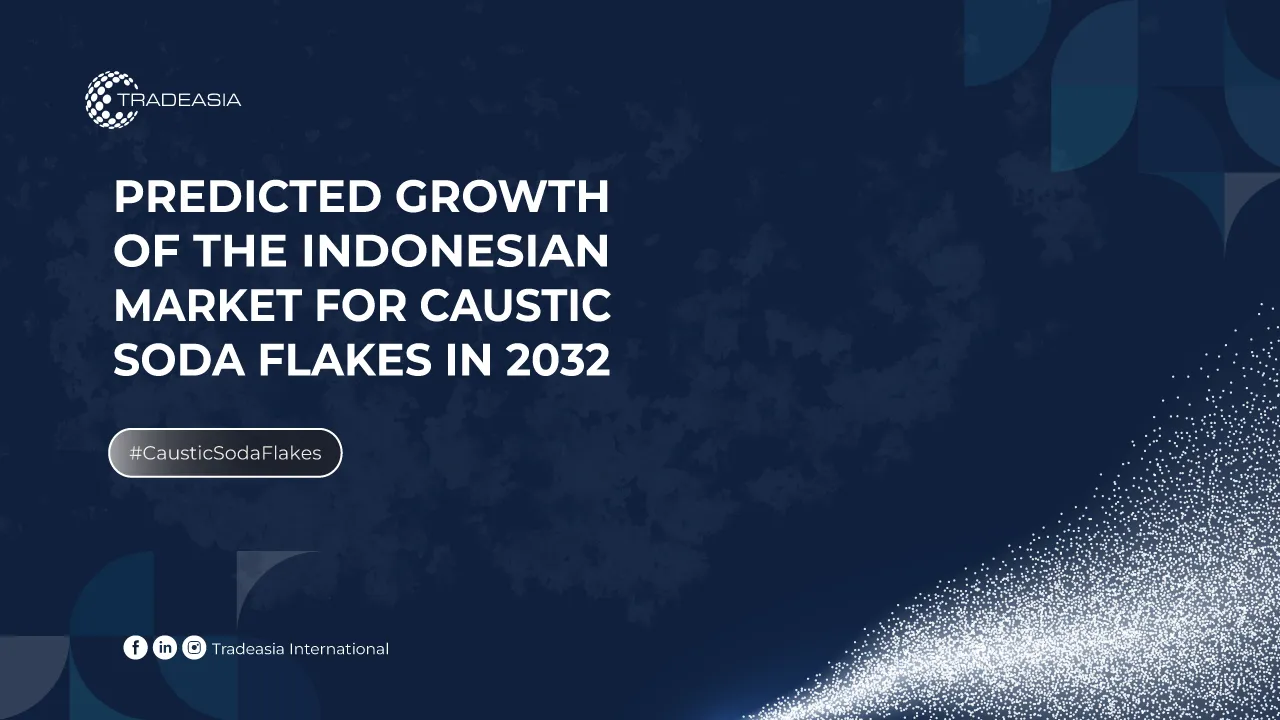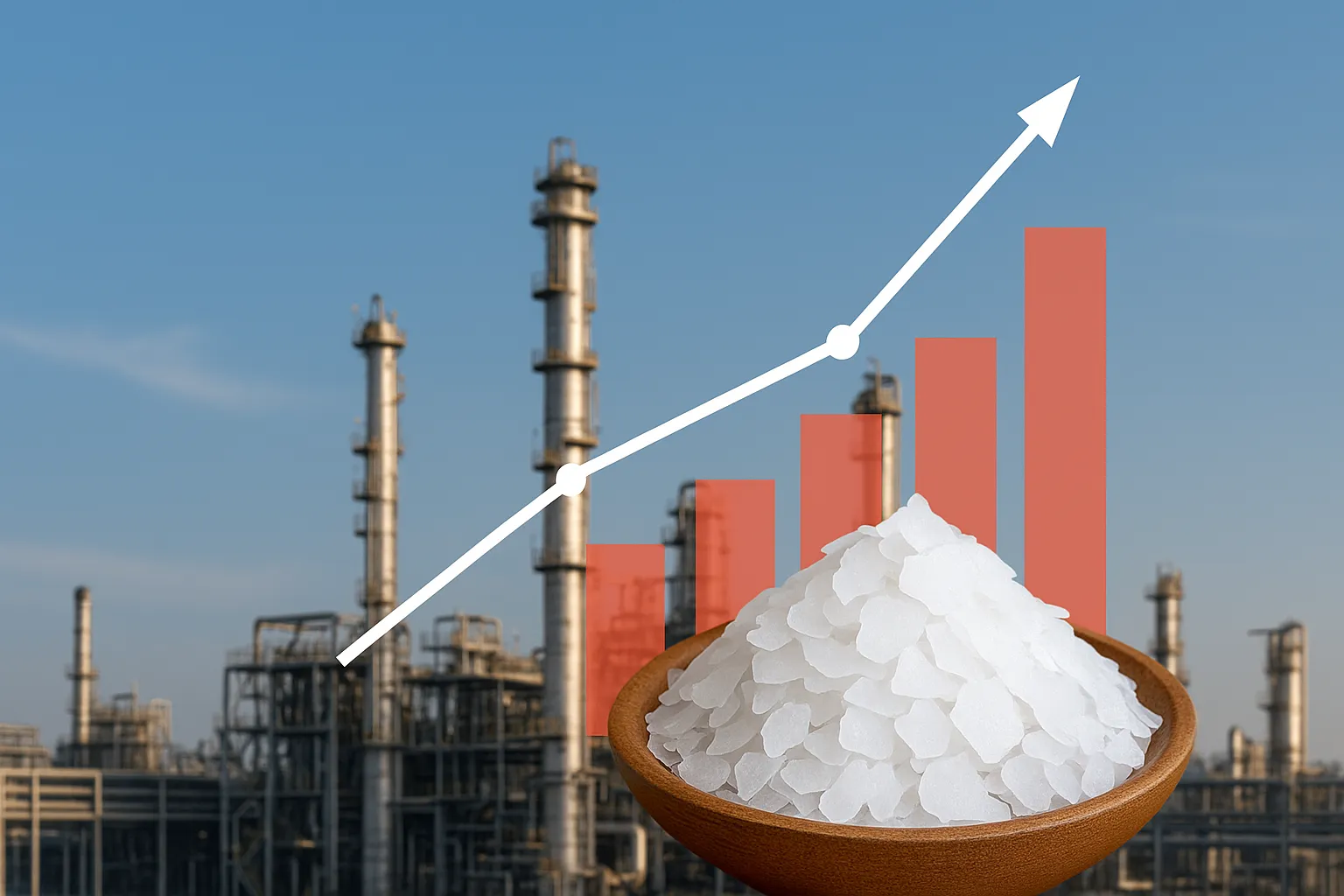Introduction
Caustic soda flakes, or sodium hydroxide (NaOH), are a cornerstone of industrial chemical processes, particularly in Indonesia's thriving pulp and paper sector. With its strong alkaline properties, this versatile chemical is used in everything from bleaching pulp to manufacturing textiles. However, not all caustic soda flakes are created equal—grades vary significantly depending on their intended application. This article explores the critical differences between industrial-grade and pulp & paper-grade NaOH flakes, helping businesses make informed sourcing decisions.
Indonesia's growing industrial sector demands high-quality chemicals, and caustic soda flakes are no exception. Whether for large-scale paper production or specialized industrial processes, selecting the right grade ensures efficiency, safety, and compliance with industry standards. By understanding these distinctions, manufacturers can optimize their operations while minimizing costs and environmental impact.
Understanding Caustic Soda Flakes and Their Industrial Significance
Caustic soda flakes are a solid form of sodium hydroxide, typically produced through the electrolysis of salt brine. Their high solubility and reactivity make them indispensable in industries ranging from textiles to water treatment. In Indonesia, the demand for caustic soda flakes has surged alongside the expansion of the pulp and paper industry, which relies on NaOH for pulping and bleaching processes.
Beyond paper production, industrial-grade caustic soda flakes are used in soap manufacturing, petroleum refining, and aluminum production. The chemical's ability to break down organic materials and neutralize acids makes it a staple in countless applications. However, the purity, concentration, and impurity levels differ between grades, influencing their suitability for specific uses.
Key Differences Between Industrial and Pulp & Paper Grades
Industrial-grade caustic soda flakes typically have a purity level of 98–99%, with trace amounts of impurities like sodium chloride and iron. These grades are suitable for general manufacturing but may not meet the stringent requirements of the pulp and paper industry. In contrast, pulp & paper-grade NaOH flakes often exceed 99.5% purity, with minimal heavy metal content to prevent contamination during bleaching.
Another critical distinction lies in the physical properties. Pulp & paper-grade flakes are often more uniform in size and dissolve faster, ensuring consistent performance in large-scale paper mills. Industrial grades, while cost-effective, may exhibit variability in dissolution rates, making them less ideal for precision applications like pulp processing.
Quality Standards and Specifications for Each Grade
In Indonesia, caustic soda flakes must comply with national standards (SNI) as well as international benchmarks like ISO and ASTM. For pulp & paper applications, specifications such as low mercury content (<0.1 ppm) and minimal chlorate levels are critical to avoid equipment corrosion and ensure bright, high-quality paper output.
Industrial-grade NaOH, meanwhile, adheres to broader tolerances, focusing on cost efficiency rather than ultra-high purity. Suppliers like ChemtradeAsia provide detailed certificates of analysis (CoA) to verify compliance with these standards, helping buyers select the appropriate grade for their needs.
Applications in the Pulp and Paper Industry
The pulp and paper industry consumes nearly 20% of global caustic soda production, with Indonesia being a key player. NaOH flakes are used in the Kraft process to break down lignin, separating cellulose fibers for papermaking. High-purity grades ensure minimal discoloration and improve the efficiency of downstream bleaching stages.
Additionally, caustic soda flakes play a role in recycling paper by removing inks and adhesives. Indonesian paper mills prioritize NaOH with low impurity levels to maintain product consistency and reduce wastewater treatment costs, aligning with the country's sustainability goals.
Industrial Applications Beyond Pulp and Paper
Outside paper production, industrial-grade caustic soda flakes are used in textiles (mercerizing cotton), food processing (peeling fruits and vegetables), and water treatment (pH adjustment). These applications tolerate slightly lower purity levels, making industrial grades a cost-effective choice.
In Indonesia's booming biodiesel sector, NaOH catalyzes transesterification, converting palm oil into fuel. The chemical's versatility underscores its importance across industries, though selecting the right grade remains crucial for optimal results.
Sourcing Caustic Soda Flakes in Indonesia
Indonesia hosts several major caustic soda suppliers, including PT Asahimas Chemical and PT Chandra Asri. Buyers should prioritize suppliers with a proven track record, transparent pricing, and reliable logistics. Partnering with distributors like ChemtradeAsia ensures access to high-quality NaOH flakes tailored to specific industrial or pulp & paper needs.
Factors such as packaging (25kg bags vs. bulk shipments), lead times, and regulatory compliance should also influence purchasing decisions. Local sourcing can reduce costs and carbon footprints, but imported grades may be necessary for specialized applications.
Conclusion
Choosing the right grade of caustic soda flakes is essential for maximizing efficiency and product quality in both industrial and pulp & paper applications. By understanding the differences in purity, specifications, and use cases, Indonesian businesses can make informed decisions that align with their operational and environmental goals.
As demand grows, partnering with reputable suppliers ensures consistent access to high-quality NaOH flakes, supporting Indonesia's industrial expansion. Whether for paper bleaching or biodiesel production, the right caustic soda grade can drive success in diverse sectors.


Leave a Comment